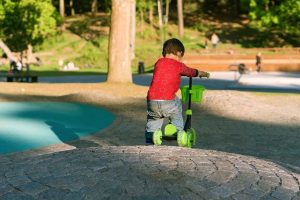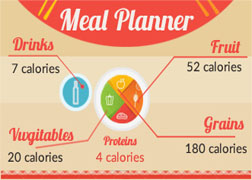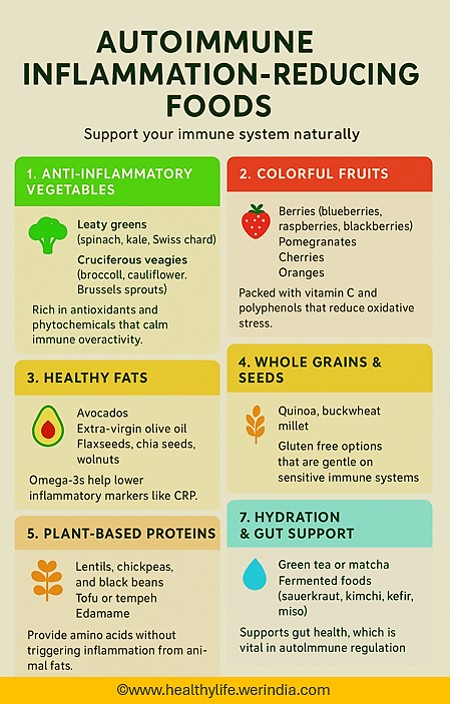
Tips For choosing Stuffed Animals For Your Kids
All kids love stuffed animal toys. Stuffed animals are also popularly known as plushies, cuddly toys, stuffies or plush toys. Kids get psychological support and developmental benefits by playing with stuffed animals.
Do you know? Weighted stuffed animals help children with ADHD to focus and relieve negative symptoms of ADHD.
Kids love playing with stuffed animals because of following reasons –
- Comfort and security – Stuffed animals provide a sense of safety, acting as a source of emotional support, especially during bedtime or in unfamiliar situations.
- Companionship – They become a “friend” that kids can talk to, play with, and care for, helping them develop empathy and social skills.
- Imaginative play – Stuffed animals fuel creativity, allowing kids to role-play different scenarios and express their emotions.
- Soft and cuddly texture – The softness and warmth of stuffed animals offer a soothing, calming effect, making them irresistible for hugs.
- Consistency and familiarity – Unlike people or changing environments, stuffed animals remain the same, providing a stable source of comfort.
- Symbolic attachments – A stuffed animal might remind them of a special person, event, or memory, deepening the emotional bond.
- Biological instincts – Some psychologists suggest that kids have a natural inclination toward nurturing behaviors, and stuffed animals become a safe way to practice caregiving.
When choosing stuffed animal toys, both selection and safety are important considerations.
1. Choosing the right stuffed animal
- Age appropriateness: Check the manufacturer’s recommended age range to ensure the toy is safe for the intended child.
- Material and texture: Soft, hypoallergenic, and non-toxic fabrics are best, especially for young children.
- Size and shape: Avoid exceedingly small stuffed toys for babies and toddlers to prevent choking hazards.
- Washability: Choose machine-washable options for easier cleaning and hygiene.
- Durability: Well-stitched seams and high-quality fabric will ensure the toy lasts longer.
2. Safety considerations
- No small parts: Avoid stuffed animals with buttons, beads, or detachable plastic eyes that could be choking hazards.
- Flame resistance: Look for labels stating the fabric is flame-resistant or flame-retardant.
- Non-toxic materials: Ensure stuffing and dyes used in the toy are non-toxic and safe for children.
- Secure seams: Check for any loose threads or poorly stitched parts that could pose a risk.
- Allergy free options: If the child has allergies, choose hypoallergenic and dust-mite-resistant stuffed animals.
When choosing stuffed animals for kids, it is important to consider age-appropriate, safety, and durability. Here are some top recommendations based on age groups:
3. Best stuffed animals by age:
Babies (0-12 months)-
- Soft, hypoallergenic fabrics (organic cotton, fleece)
- No small parts (embroidered eyes and noses instead of plastic)
- Lightweight and small enough for tiny hands
Toddlers (1-3 years)-
- Machine washable (toddlers love to drag them everywhere!)
- Durable seams to withstand rough play.
- Huggable size (not too big to carry around)
Preschool and early elementary (3-6 years)-
- Interactive features (lights, sounds, or movement)
- Educational or comfort-based options
- Still washable and durable for long-term use
Older Kids (6+ years)-
- Themed plushies (favorite TV shows, movies, or games)
- Bigger, decorative options for beds and rooms
- Weighted plushies (good for anxiety and comfort)
4. Cautions to select stuffed animals’ toys:
- Check safety labels – Look for ASTM or CPSC certifications (Safety certification)
- Avoid toys with batteries inside for younger kids (unless well-secured).
- Teach kids proper care – Washing regularly keeps plushies clean and safe.
Image credit: Image by Gerd Altmann from Pixabay (Free to use under Pixabay content license)
Reference: about ADHD -https://warmies.com/
Author: Sumana Rao | Posted on: April 6, 2025
« Strep Throat in Children- Symptoms And Treatment Prevent Heart Conditions In Children »




















Write a comment